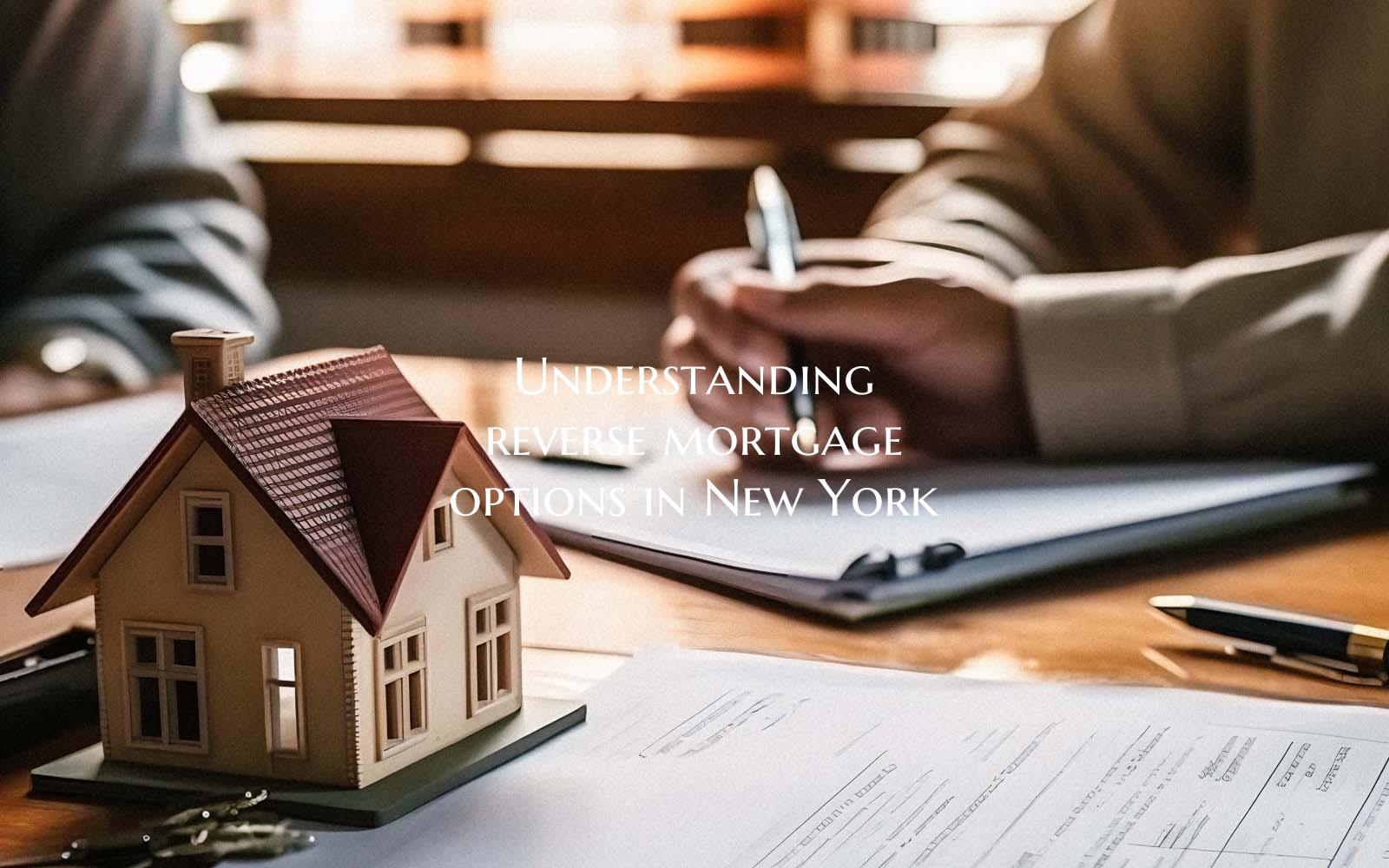Understanding reverse mortgage options in New York

Introduction: Reverse mortgages are increasingly gaining popularity as a viable financial tool for retirees and seniors looking to access the equity in their homes. In New York, where the cost of living is relatively high, understanding the different reverse mortgage options available is crucial for individuals seeking to supplement their income in retirement. This article aims to provide insight into the world of reverse mortgages in New York, outlining the benefits, considerations, and key information that potential borrowers should be aware of.
What is a Reverse Mortgage? A reverse mortgage is a loan that allows homeowners aged 62 and older to convert a portion of their home equity into cash. Unlike traditional mortgages where the borrower makes monthly payments to the lender, in a reverse mortgage, the lender makes payments to the borrower. The loan is typically repaid when the borrower moves out of the home or passes away, and the home is sold.
Types of Reverse Mortgages Available in New York: 1. Home Equity Conversion Mortgage (HECM): HECM loans are federally insured and often considered the most common type of reverse mortgage. They are regulated by the Department of Housing and Urban Development (HUD) and have specific requirements and limits. 2. Proprietary Reverse Mortgages: These are private loans that are not insured by the federal government. They are typically designed for homeowners with high home values who may need more funds than what is available through an HECM loan. 3. Single-Purpose Reverse Mortgages: These are offered by state or local government agencies and nonprofit organizations to address specific needs, such as home repairs or property taxes.
Benefits of Reverse Mortgages in New York: 1. Supplemental Income: For retirees on fixed incomes, a reverse mortgage can provide a valuable source of additional funds to cover living expenses, healthcare costs, or other financial needs. 2. No Monthly Mortgage Payments: Unlike traditional mortgages, reverse mortgages do not require monthly payments, providing financial relief to borrowers. 3. Stay in Your Home: With a reverse mortgage, homeowners can continue living in their home without the stress of making regular mortgage payments.
Considerations Before Getting a Reverse Mortgage in New York: 1. Eligibility Requirements: Borrowers must be at least 62 years old, own their home outright or have a low mortgage balance, and live in the home as their primary residence. 2. Costs and Fees: Reverse mortgages come with upfront costs, including origination fees, closing costs, and mortgage insurance premiums, which should be carefully considered. 3. Impact on Heirs: Borrowers should be aware of how a reverse mortgage can affect their heirs, as the loan balance plus accrued interest will need to be repaid when the home is sold.
Conclusion: As the cost of living in New York continues to rise, exploring reverse mortgage options can be a strategic financial decision for seniors looking to unlock the equity in their homes. By understanding the different types of reverse mortgages available, weighing the benefits and considerations, and consulting with a reputable lender, individuals can make an informed choice that aligns with their financial goals in retirement. It is essential to conduct thorough research and seek professional advice before proceeding with a reverse mortgage to ensure that it is the right financial solution for your circumstances.
